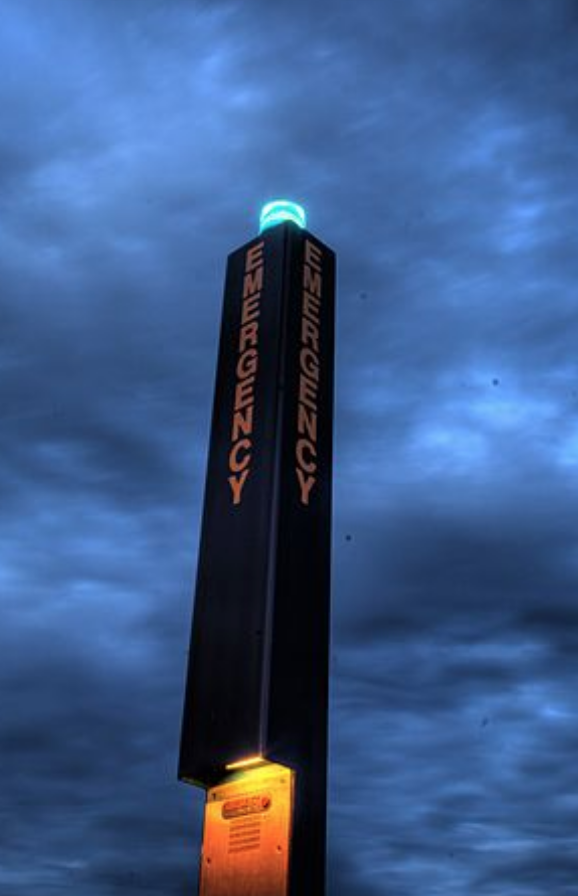
Yaasmeen Piper
Editor-in-Chief
A 21-year-old man walked into a hotel bar two miles from Penn State’s main campus and opened fire killing one person and injuring two others.
He then fled the scene, crashed his car, broke into a nearby home where he killed the man living there and then eventually turned the gun on himself.
The news of the shooting flooded social media to the point “Penn State” was trending on Twitter.
Many tweets revealed how shocked and scared the students were, but far too many were asking where the heck was their university safety alert?
According to Onward State, Penn State’s student-run newspaper, the university acknowledged the shooting nearly two hours later.
The Statement read: “We understand the concerns and safety is a priority.
The University is looking into the alerts and will share an update.”
The delayed response is all too familiar to ESU students, who were racked with worry last year when a student was stabbed on the campus quad and the university did not release a statement until nearly four hours later.
Since then, ESU’s communication with students has improved, but it begs the question, what has to happen before universities start taking action?
According to the Campus Safety Magazine, despite the fact that 86 percent of colleges and universities have some sort of developed emergency operations plan, more than one in four have never conducted a comprehensive hazard and vulnerability assessment, a system that helps identify all possible hazards that may affect a population.
Since the stabbing and the town hall meeting a month after, ESU has implemented more safety procedures such as 24-hour dorm desk workers, updated cameras and an increase in their campus police staff and security guards.
On top of that, the university’s communication seemed to have improved, in quantity and timeliness.
But, like many other universities, there is still work that needs to be done.
During last year’s town hall, a student brought up how our blue light emergency systems have done untested for possibly months and how easily strangers could access most parts of our university.
The idea is unsettling, especially seeing what is coming out of the news in Parkland, Fl. and now Penn State.
Yes, some tragedies could lead to higher security protocols (see 9/11) but universities should always be thinking of new ways to ensure the safety of their students.
They are here to protect us. It’s time to make sure there is an “us” to protect.
Email Yaasmeen at:
ypiper@live.esu.edu

